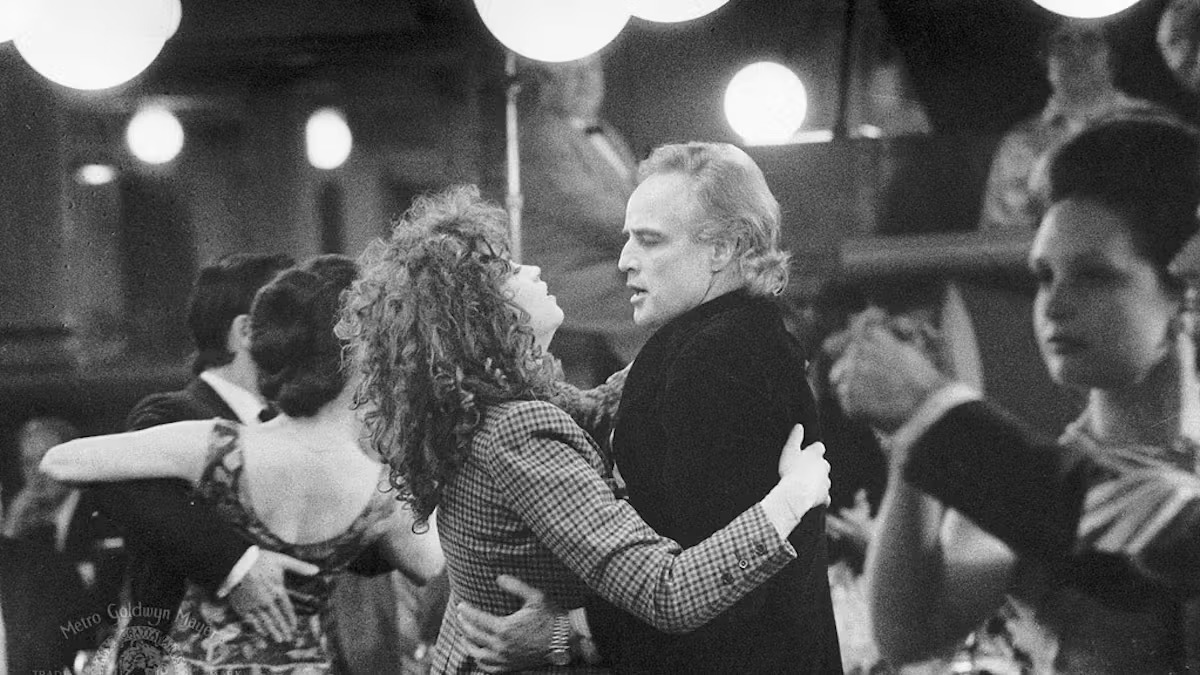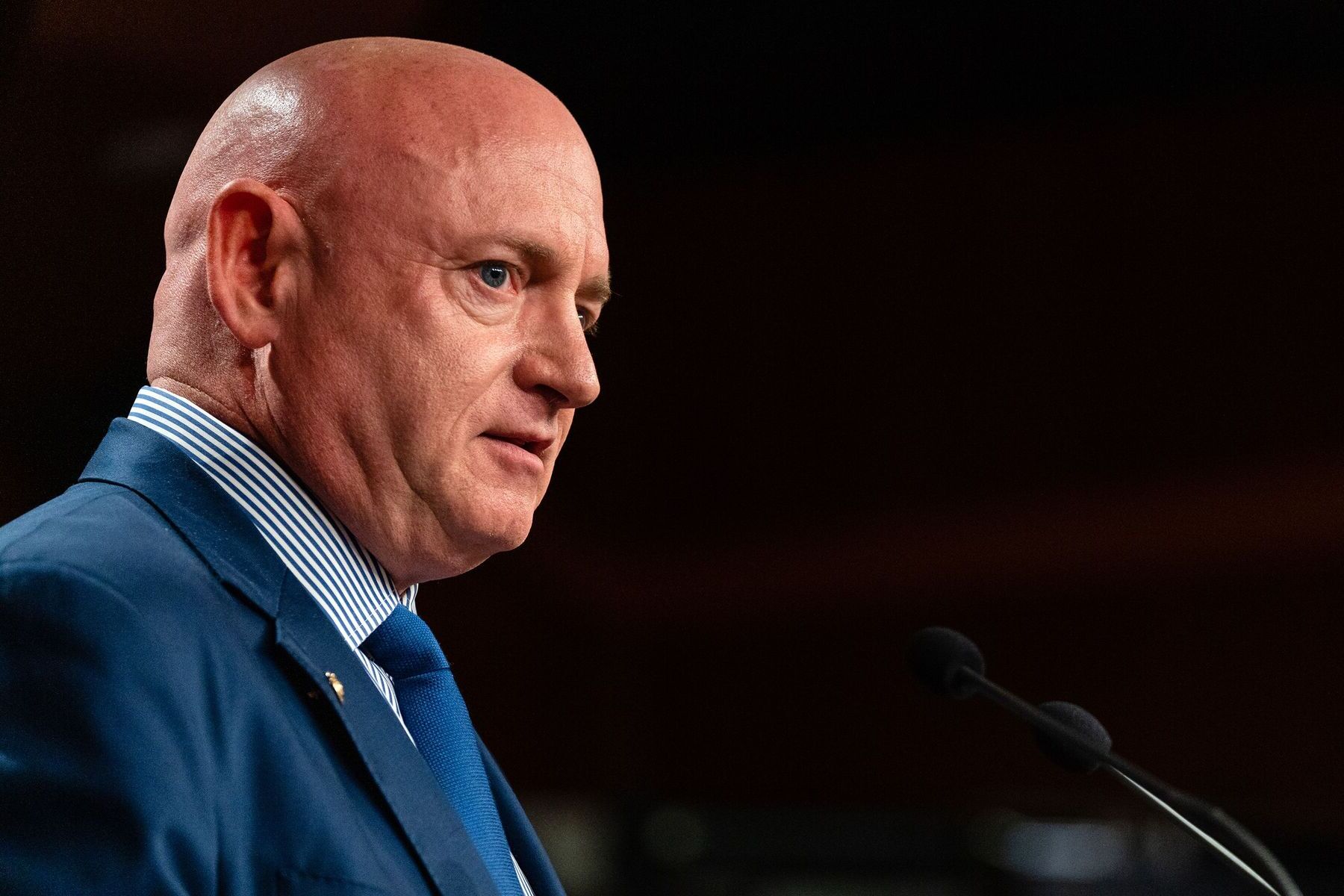
Last Tango in Paris is a groundbreaking and controversial movie that was released in 1972. Directed by Bernardo Bertolucci and starring Marlon Brando and Maria Schneider, the film explores complex themes of love, sexuality, and identity. Set in Paris, the story follows an American widower, Paul, and a young French woman, Jeanne, who engage in an anonymous sexual relationship. This critically acclaimed film pushed boundaries with its raw and explicit portrayal of sexuality, which sparked debates and controversies upon its release. Despite its controversial nature, Last Tango in Paris received widespread recognition for its powerful performances, thought-provoking narrative, and artistic cinematography. In this article, we will delve into 40 fascinating facts about Last Tango in Paris, shedding light on its production, impact, and behind-the-scenes details that went into creating this iconic cinematic masterpiece.
Key Takeaways:
- Last Tango in Paris, released in 1972, sparked controversy with its bold exploration of love, sex, and identity, and continues to be studied for its impact on cinema and society.
- The movie’s improvised “butter” scene, Marlon Brando’s intense performance, and the exploration of human desire make Last Tango in Paris a timeless and thought-provoking cinematic masterpiece.
Last Tango in Paris was released in 1972.
Directed by Bernardo Bertolucci, this controversial film pushed the boundaries of traditional cinema and became an instant sensation.
Marlon Brando delivered a remarkable performance.
Known for his incredible talent, Brando’s portrayal of Paul, a middle-aged American who embarks on a passionate affair in Paris, was both intense and captivating.
The movie explores themes of love, sex, and identity.
Last Tango in Paris delves into the complexities of human relationships, challenging societal norms and exploring the depths of human desires.
The movie caused controversy upon its release.
Due to its explicit sexual content and provocative themes, Last Tango in Paris faced censorship issues and was banned in several countries.
The famous “butter” scene was improvised.
One of the most memorable scenes in the film, where Brando uses butter as a lubricant, was completely improvised during filming.
Maria Schneider was only 19 years old during filming.
Schneider’s portrayal of Jeanne, Brando’s young lover, showcased her raw talent and established her as a rising star in the industry.
Last Tango in Paris was critically acclaimed.
The film received praise for its daring exploration of taboo subjects, powerful performances, and Bertolucci’s innovative direction.
It was nominated for two Academy Awards.
Last Tango in Paris received nominations for Best Director and Best Actor, solidifying its place as a groundbreaking cinematic achievement.
The movie has a legendary score by Gato Barbieri.
Barbieri’s mesmerizing jazz soundtrack perfectly captures the raw emotions and tumultuous journey of the characters.
Last Tango in Paris became a cultural phenomenon.
The film’s impact extended beyond the box office; it sparked discussions about sexuality and challenged societal norms surrounding love and relationships.
It continues to be studied and analyzed by film scholars.
Last Tango in Paris is considered a significant piece of cinematic history, with its exploration of themes and its innovative approach to storytelling.
The movie explores the dark sides of human desire and vulnerability.
Through its characters, Last Tango in Paris presents a complex and honest look at the complexities of human nature.
It was banned in some countries for several years.
Due to its explicit content, Last Tango in Paris faced censorship and was not allowed to be screened in certain countries until years later.
Bernardo Bertolucci directed the film at the age of 31.
Bertolucci’s youth and bold vision contributed to the film’s unique and groundbreaking approach.
Last Tango in Paris had a lasting impact on filmmaking.
Its innovative techniques and fearless storytelling continue to influence filmmakers to this day.
The movie tackles themes of power dynamics in relationships.
Last Tango in Paris examines the ways in which power dynamics can influence and shape intimate connections.
“Last Tango in Paris” is an English translation of the film’s original French title.
The French title “Le Dernier Tango à Paris” adds a layer of poeticism to the film’s narrative.
The movie was shot in various locations in Paris.
The picturesque backdrop of the city adds to the film’s romantic and atmospheric setting.
Last Tango in Paris was classified as an erotic drama.
The film’s explicit sexual content and exploration of sensuality earned it the classification as an erotic drama.
It was critically acclaimed for its cinematography.
The visually stunning shots and innovative camera techniques utilized in Last Tango in Paris were praised by critics.
The film received an X rating in the United States.
The explicit nature of the film led to its classification as X-rated, limiting its distribution and accessibility.
The movie’s dialogue is a combination of French and English.
Reflecting the multicultural aspects of the story, the characters interchange between French and English throughout the film.
Last Tango in Paris sparked a discussion on consent in film.
The blurred lines between consent and coercion in the film prompted debates about the portrayal of sex and power dynamics in cinema.
The film’s screenplay was written by Bernardo Bertolucci and Franco Arcalli.
The collaboration between Bertolucci and Arcalli resulted in a script that pushed the boundaries of conventional storytelling.
The movie’s title is a metaphor for fleeting moments of passion.
“Last Tango in Paris” symbolizes the transient nature of intense romantic encounters and the deep emotional impact they can have.
Last Tango in Paris explores the search for personal identity.
The characters in the film are on a quest to discover their authentic selves amidst societal expectations and personal desires.
The film’s explicit content caused controversy among audiences.
The bold depiction of sex and sexuality in Last Tango in Paris divided audiences and sparked heated discussions.
It was praised for its bold and fearless storytelling.
Last Tango in Paris challenged traditional narrative structures and pushed cinematic boundaries, earning recognition for its bravery.
The movie was a commercial success.
Despite the controversy surrounding it, Last Tango in Paris garnered significant box office success and became a cultural phenomenon.
Last Tango in Paris is considered a classic in the genre of erotic cinema.
The film’s explicit content and fearless exploration of sexuality solidified its place in the history of erotic cinema.
The movie explores the complexities and contradictions of human emotions.
Last Tango in Paris delves into the depths of desire, love, loneliness, and the complexities of the human heart.
It was nominated for the Palme d’Or at the Cannes Film Festival.
Last Tango in Paris received recognition at one of the most prestigious film festivals in the world.
The film’s cinematography captures the raw emotions of the characters.
The camera work in Last Tango in Paris enhances the intensity and intimacy of the story, immersing viewers in the characters’ emotional journey.
The movie explores the concept of forbidden love.
Last Tango in Paris challenges societal constraints and explores the passionate connection between characters that goes against societal norms.
The film’s soundtrack features music from various artists.
With a diverse range of songs, the soundtrack complements the emotional depth and complexity of the story.
Last Tango in Paris was hailed as a cinematic masterpiece.
The film’s bold storytelling, powerful performances, and thought-provoking themes elevated it to the status of a timeless masterpiece.
It was initially intended to be a French-Italian production.
The collaboration between French and Italian filmmakers resulted in a unique blend of cultural influences in Last Tango in Paris.
The film explores the notion of anonymity and hidden desires.
Last Tango in Paris delves into the idea of suppressing one’s true identity and desires, only to have them resurface in unexpected ways.
The movie’s release was met with both praise and controversy.
Last Tango in Paris divided critics and audiences alike, with some lauding its boldness and others condemning its explicit content.
Last Tango in Paris continues to be a topic of discussion and analysis in film studies.
The film’s exploration of complex themes and its lasting impact on cinema ensure its relevance and importance in the field of film studies.
Conclusion
Last Tango in Paris is a groundbreaking film that continues to captivate audiences around the world. With its controversial themes and powerful performances, it has left a lasting impact on the world of cinema. The movie explores the complexities of human relationships, love, and desire, pushing the boundaries of storytelling and challenging societal norms. From its iconic butter scene to its raw and honest portrayal of emotions, Last Tango in Paris is a cinematic masterpiece that will be remembered for generations to come.
FAQs
1. Is Last Tango in Paris based on a true story?
No, Last Tango in Paris is not based on a true story. It is a fictional film written by Bernardo Bertolucci.
2. Who directed Last Tango in Paris?
Last Tango in Paris was directed by Bernardo Bertolucci. He is known for his innovative and artistic approach to filmmaking.
3. When was Last Tango in Paris released?
Last Tango in Paris was released in 1972, making it over four decades old. Despite the time that has passed, the film’s impact remains significant.
4. How did Last Tango in Paris push boundaries?
Last Tango in Paris pushed boundaries by exploring explicit sexual content and taboo subjects. It challenged societal norms and sparked a debate about the limits of artistic expression.
5. What awards did Last Tango in Paris win?
Last Tango in Paris was met with critical acclaim and received several prestigious awards, including two Academy Award nominations.
6. Are there any controversial elements in Last Tango in Paris?
Yes, Last Tango in Paris is known for its controversial elements, most notably the explicit sexual content and the infamous butter scene.
7. Who starred in Last Tango in Paris?
Last Tango in Paris starred Marlon Brando and Maria Schneider in the lead roles. Both actors delivered remarkable performances that showcased their talent.
8. What is the significance of Last Tango in Paris?
Last Tango in Paris is significant for its groundbreaking approach to storytelling and its exploration of human relationships and emotions.
9. Where was Last Tango in Paris filmed?
Last Tango in Paris was primarily filmed in Paris, France, which added to the authenticity and ambiance of the movie.
10. Is Last Tango in Paris a must-watch film?
Last Tango in Paris is a must-watch for cinephiles who appreciate thought-provoking and bold cinema. However, due to its explicit content, it may not be suitable for all audiences.
If you're fascinated by the world of cinema, why not explore more captivating facts about French film festivals, iconic movies from 1972, or the visionary director behind Last Tango in Paris? Delve into the glamour and artistry of COLCOA French Film Festival, uncover the secrets surrounding the controversial thriller Don't Torture a Duckling, or gain insights into the life and work of acclaimed filmmaker Bernardo Bertolucci. Each article offers a unique perspective on the rich tapestry of cinematic history, promising to entertain, inform, and inspire film enthusiasts alike.
Was this page helpful?
Our commitment to delivering trustworthy and engaging content is at the heart of what we do. Each fact on our site is contributed by real users like you, bringing a wealth of diverse insights and information. To ensure the highest standards of accuracy and reliability, our dedicated editors meticulously review each submission. This process guarantees that the facts we share are not only fascinating but also credible. Trust in our commitment to quality and authenticity as you explore and learn with us.


